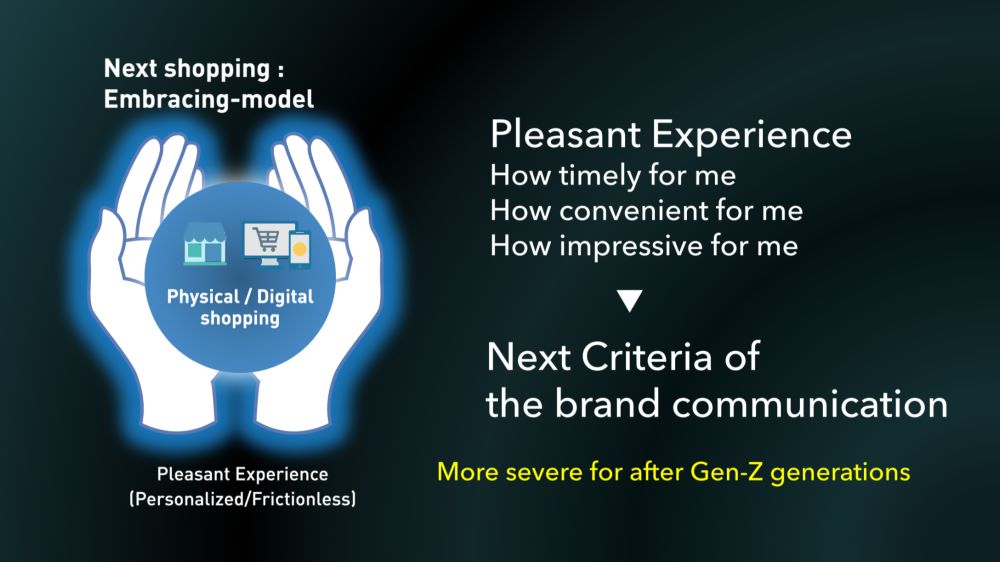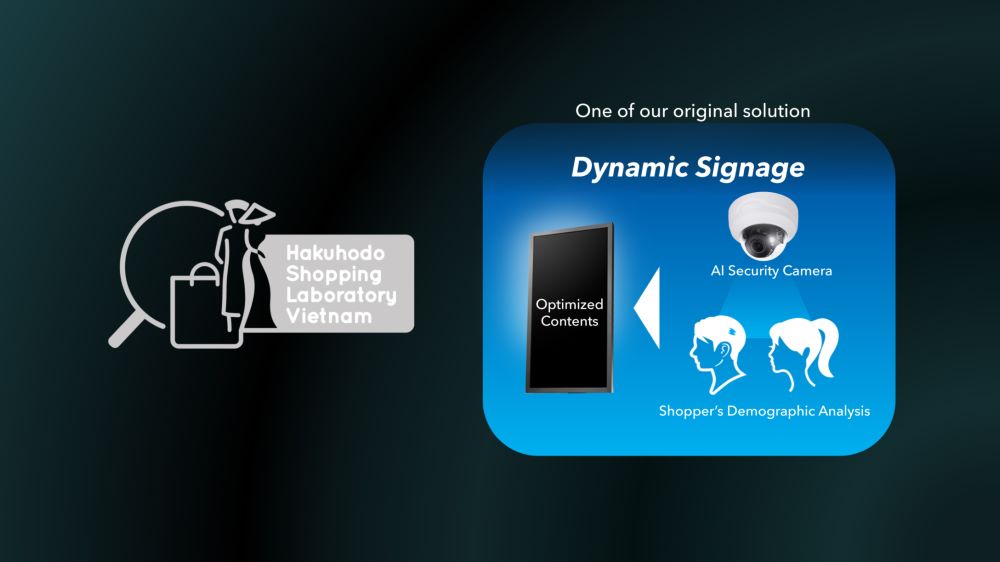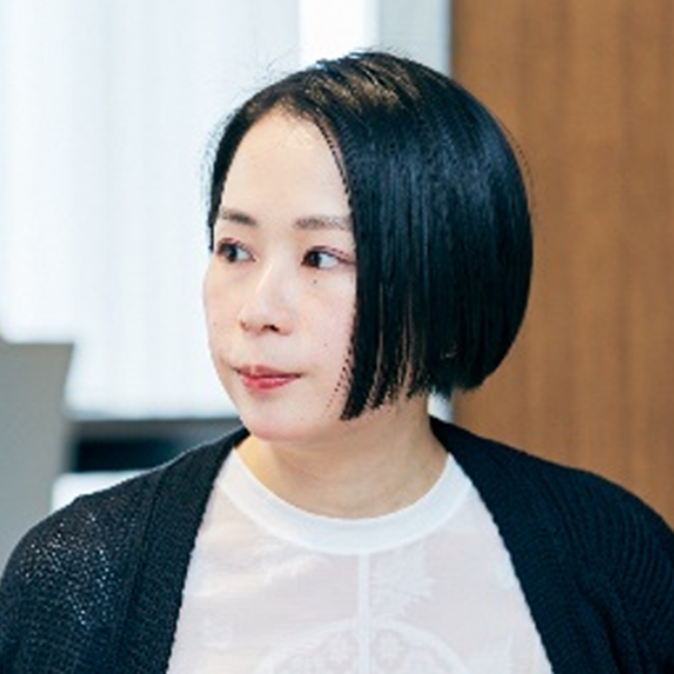- Events
- Research
- HILL
The Vietnam Team from Hakuhodo Institute of Life and Living ASEAN (HILL ASEAN) recently presented their latest research on Generation Z (Gen Z), those born between 1997 and 2012. HILL is the acronym for Hakuhodo Institute of Life and Living, a special think tank to study and gain understanding of people. The first institute was established in Tokyo in 1981, followed by HILL Shanghai in China and HILL ASEAN in Bangkok, Thailand.
The Vietnam Team’s findings were presented in an online forum, with the final section of the program showcasing the work of the Hakuhodo Shopping Laboratory Vietnam. This is a three-way project between the Hakuhodo Vietnam Group, Hakuhodo Product’s and Square Communications, which started activities in 2018 in Vietnam. The Hakuhodo Shopping Laboratory Vietnam researched the effects of digitalization on purchasing behavior in a case study titled “New Shopper Communication.” This section of the online forum was introduced by Natsuki Kumagai (Digital Activation Director).

The core philosophy of Sei-katsu-sha Insight defines and informs every aspect of Hakuhodo’s business. The Japanese meaning of sei-katsu-sha is “life-living person,” representing a holistic way of viewing people not merely as consumers but as individuals with rich, diverse lives. Imbued with the spirit of Sei-katsu-sha Insight, Hakuhodo’s research present unique insights and supports brands in connecting with people in more meaningful ways.
Providing a more pleasant shopping experience
As Kumagai pointed out, digitalization of purchasing is rapidly expanding year on year around the world. Vietnam’s Gen Z is nimble about pivoting between online and offline shopping—or “showrooming” and “webrooming.” With showrooming, customers visit stores to touch the products and examine them up close but then purchase them online, while webrooming is the reverse process, in which people research items online before buying them at stores.
Reflecting Vietnam’s relatively youthful population, Hakuhodo Shopping Laboratory Vietnam’s research shows that webrooming and showrooming are becoming the mainstays of shopping behavior in Hanoi among Gen Z. This is a prime example of “Commerce Anywhere”—transactions can take place in any situation where touchpoints become purchase points for this savvy generation of Vietnamese shoppers. Against this background, the Hakuhodo Shopping Laboratory Vietnam’s mission is to provide solutions that create new paths to purchasing, through managing the online to offline shopping experience.

Kumagai explained how the standard “attachment model” focuses mostly on physical shopping at a store, with a homogenous approach to merchandizing, sales and promotions for all shoppers. The personalized touches made possible by digital shopping are treated as add-ons. However, in order to provide a more pleasant experience for customers, Hakuhodo Shopping Laboratory Vietnam explored a new “embracing model”: Brand communication is empathized and everything is configured to provide the optimal experience for customers, whether online or in-store. Simply put, the focus is on providing a personalized and frictionless shopping experience.
Stop and see the signs

The popular and bustling Muji store in Ho Chi Minh City was the location of this case study. Muji is a Japanese housewares and apparel chain retailer and the flagship store in Ho Chi Minh City encompasses 2,000 square meters of floor space. Drawing on Hakuhodo’s exclusive Dynamic Signage solution, Hakuhodo Shopping Laboratory Vietnam utilized AI security cameras to distinguish and analyze shopper demographics and to project optimal content for customers in real time. This was supported by research conducted by Kyohei Hasegawa, Kaori Abe and Airi Nakagawa, members of the Shopping Laboratory analysis team from the Hakuhodo Global Marketing DX Division who analyzed the purchasing behavior of in-store shoppers for this case study.

Statistics revealed that this Muji store is extremely popular with young women aged between 20 and 29, who make up 40.1% of overall customers. Young males in the same age group make up the next biggest cohort at 15%. Between 7 and 9 pm on weekends is a particularly popular time for them to visit the store with friends or partners. In line with this, images of young people hanging out together were useful for connecting with this demographic on weekend evenings, and lead to a slight increase in the number of young men accompanying their partners to the store.
Kumagai then revealed the results of targeting shoppers by gender in the case study. Three variations of digital signage was configured at a display of cotton T-shirts to test which attracted the most customers: one espousing the quality of the clothes, one about a sale price and one with customer reviews. For males, the signage about the discounted price was the most successful both in terms of customers spending time in the signage area and for the actual purchase rate of the T-shirts.
“So, does this mean that ‘price down’ is always the king?” asked Kumagai. “The answer is ‘no.’ The majority of female shoppers behaved very differently.” In fact, the signage about quality was the top performer in getting women to stop and spend time in the target area, followed by customer reviews. Purchase rates were also the most successful when product quality was emphasized. This strongly suggests that young female Vietnamese shoppers appreciate the opportunity to look at and touch the merchandise.
Shaping the future of shopping
Kumagai also shared insights on the differences between female and male shoppers in relation to media engagement. Video (moving) ads were more attractive to males than graphics on the digital signage, while women were three times more likely than men to engage with web ads by liking, sharing or commenting. He suggested that this could provide a useful blueprint for ways to better reach targeted segments of the population in the near future.
For example, the focus for young male shoppers could be on a pricing promotion with a video clip, along with segmented SNS ads online, personalized push notices linked to the clip on an app and increasing the number of small digital signs in-store. On the other hand, quality and reputation could be the main target for women, with curated “invite your friends” and “touch and try” promotions across the web, app and in-store platforms.
In the long run, brands could reimagine the way they engage with customers, starting from the point when people search online for an item. The shopping experience could develop in a linear progression, with targeted ads on the store’s site, ID touch on the store’s app and personalized scenes to match the customer’s lifestyle on in-store digital signage. Added together, the sum result is a more personalized customer service and enhanced shopping experience.
In closing, Kumagai reminded the audience again about why Gen Z is important for brands. “Gen Z’s mindset is like predicting the future for the shape of shopping in the future,” he said. It seems likely that we will be hearing more fascinating insights from Hakuhodo Shopping Laboratory Vietnam about customer behavior very soon.




















